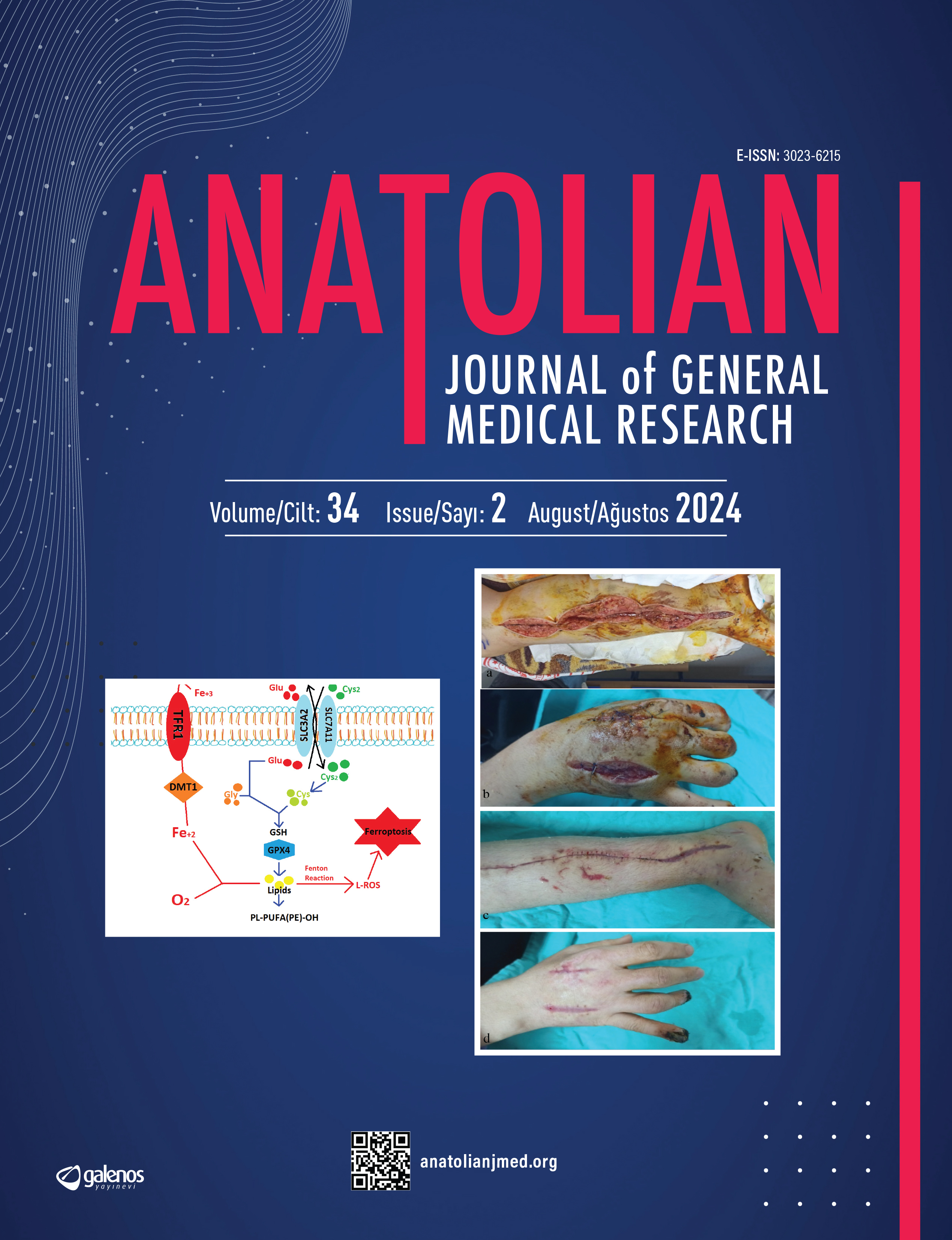








Role of Combined Nutritional Deficiency in Microcytic Anemia: A Retrospective Study
Şükrü Aydoğan Akcan1, Ayşen Türedi Yıldırım21Manisa Celal Bayar University Faculty of Medicine, Department of Pediatrics, Manisa, Turkey2Manisa Celal Bayar University Faculty of Medicine, Department of Pediatric Hematology and Oncology, Manisa, Turkey
Objective: The mean erythrocyte volume (MCV) plays an important role in the differential diagnosis of nutritional anemia. Generally, the causes of microcytic anemia in low MCV and macrocytic anemia causes in high MCV are considered. In this study, it was aimed to examine the relationship between nutritional anemias and erythrocyte indices.
Methods: The files of patients with nutritional anemia in the pediatric hematology outpatient clinic were analyzed retrospectively. Patients whose hemogram parameters, iron, total iron binding capacity, ferritin, B12 and folic acid levels were studied were included in the study. Combined nutritional anemia was defined as the coexistence of both types of anemia (iron deficiency and B12 deficiency).
Results: A total of 407 patients, 252 (61.9%) female and 155 (38.1%) male, were included in the study. The mean age of the patients was 8.82±6.15 years. Iron deficiency anemia was found in 192 (47.2%) patients, combined nutritional anemia in 185 (45.4%) patients, and B12 deficiency anemia in 23 (5.7%) patients. MCV, iron and transferrin saturation were found to be lower in the iron deficiency anemia group compared to the group with combined nutritional anemia (p<0.05). However, both the iron deficiency group and the combined nutritional anemia group had microcytic anemia (respectively, MCV: 70.39 fL, MCV: 78.18 fL).
Conclusion: Combined nutritional anemia is as common as iron deficiency anemia and may present as microcytic anemia. MCV is not a guide in these patients. Therefore, B12 levels should be checked in addition to iron parameters in patients who present with microcytic anemia and are thought to have nutritional anemia.
Manuscript Language: English
(233 downloaded)




